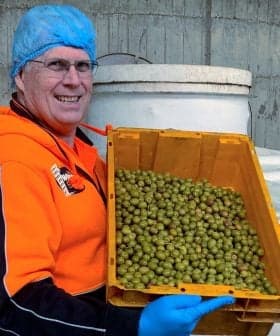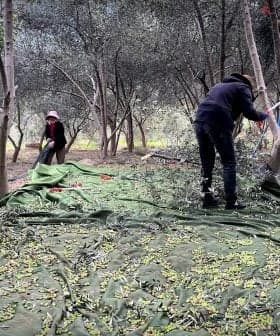Scientists Decode Olive Tree Genome
A team of scientists from Spain have published the complete genome of the olive tree for the first time.
Researchers decoded the olive tree genome using a 1,300-year-old specimen, revealing over 56,000 genes and making the genetic code publicly available. The project was funded by Banco Santander and coordinated by Pablo Vargas, with the goal of understanding the tree’s adaptability, longevity, and potential for genetic improvement.
Researchers from the Centre for Genomic Regulation (CRG), the Real Jardín Botánico (CSIC-RJB) and the Centro Nacional de Análisis Genómico (CNAG-CRG) decoded the olive tree genome by using a 1,300-year-old specimen belonging to the Spanish Farga variety as a reference.
Over the past 10 years, a number of plant species have had their genetic code assembled, annotated, and made publicly available. Now the olive tree can be added to this list of sequenced plant genomes. The three-year research project was funded by the Spanish bank, Banco Santander, and published on June 27, 2016 in GigaScience, an open-data journal
The research project was coordinated by Pablo Vargas, a researcher from CSIC Real Jardín Botánico, who explained the process in a news release:
“There are three phases to genome sequencing: first, isolate all of the genes, which we published two years ago. Second, assemble the genome, which is a matter of ordering those genes one after the other, like linking up loose phrases in a book. Last, identify all of the genes, or binding the book. The latter two phases are what we have done and are now presenting.”

Pablo Vargas (CSIC)
During the identification process of the olive tree’s genes, the researchers discovered that it had over 56,000 genes, much more than other plant species, and double that of the human genome.
The researchers have also revealed that by using a 1,300-year-old specimen of an olive tree, this was the first time that such an old “individual” has had its genome sequenced. “Up to now, all of the individuals sequenced, from the fruit fly (Drosophila melanogaster) to the first human being analyzed, have lived for a certain time, depending on their limited life expectancy. This is the first time that the DNA of an individual over 1,000 years old, and that will probably live another 1,300 years, has been sequenced,” revealed researchers Pablo Vargas and Toni Gabaldón (CRG).
Understanding the olive tree’s genetic code will help scientists understand a variety of factors related to the tree, including its longevity, its adaptability to arid conditions, and differences between the varieties, sizes and flavor of olives. Ultimately, this will also facilitate new research into genetic improvement for the production of olives and olive oil, and how to protect the olive tree from bacteria and infections.
In order to facilitate further research, the complete sequencing of the olive tree genome has been made available in the public domain on the GigaScience GigaDB database.









